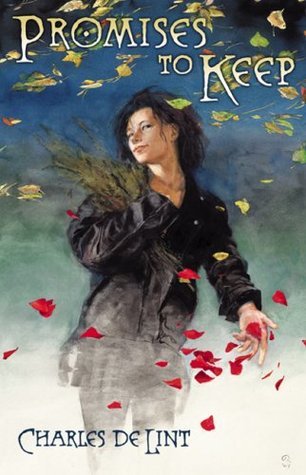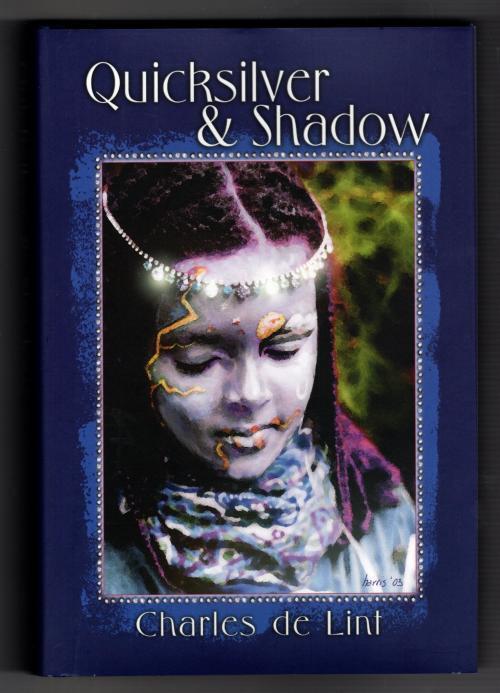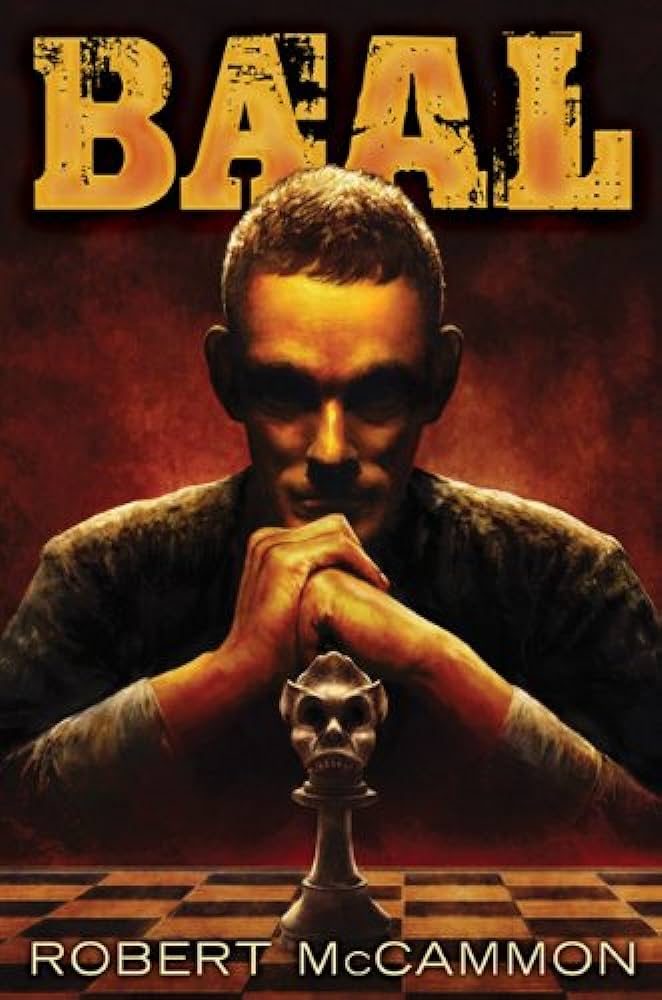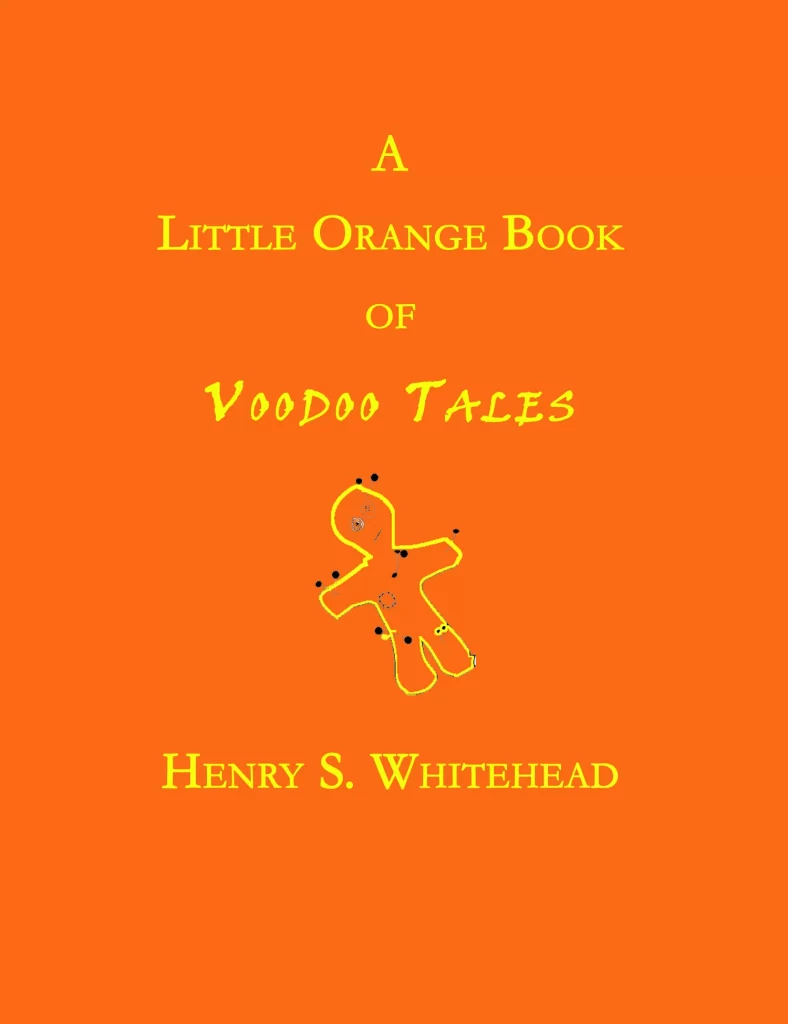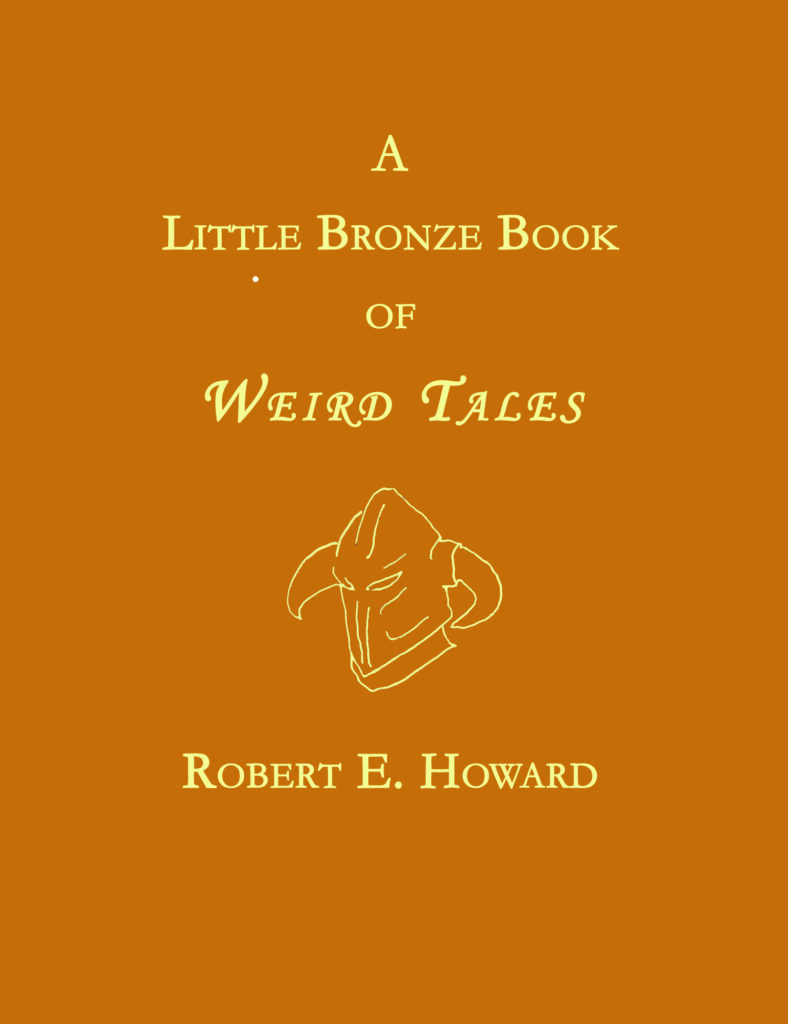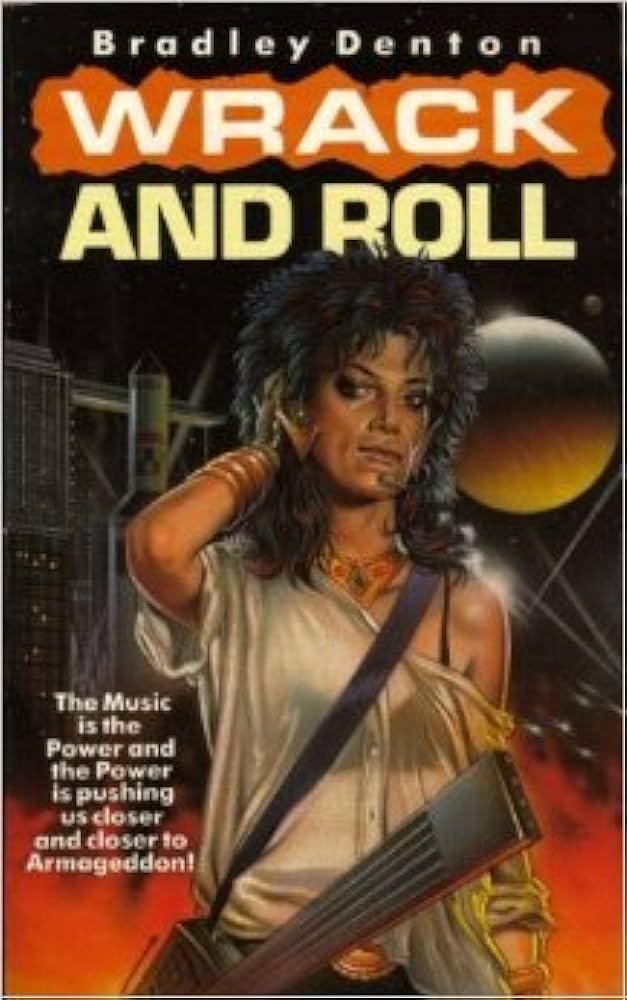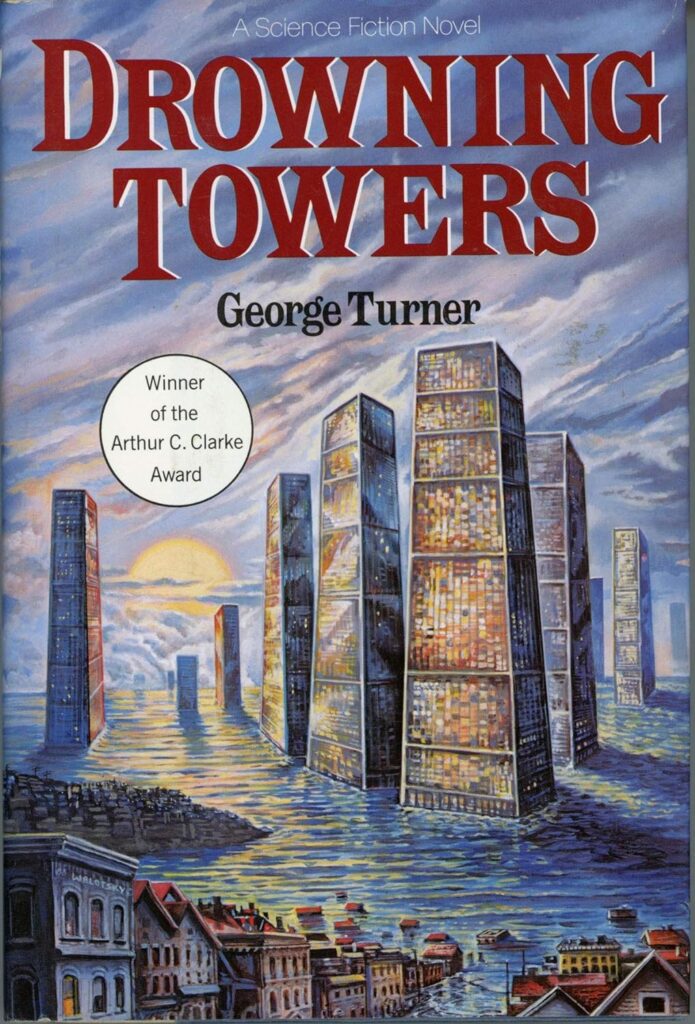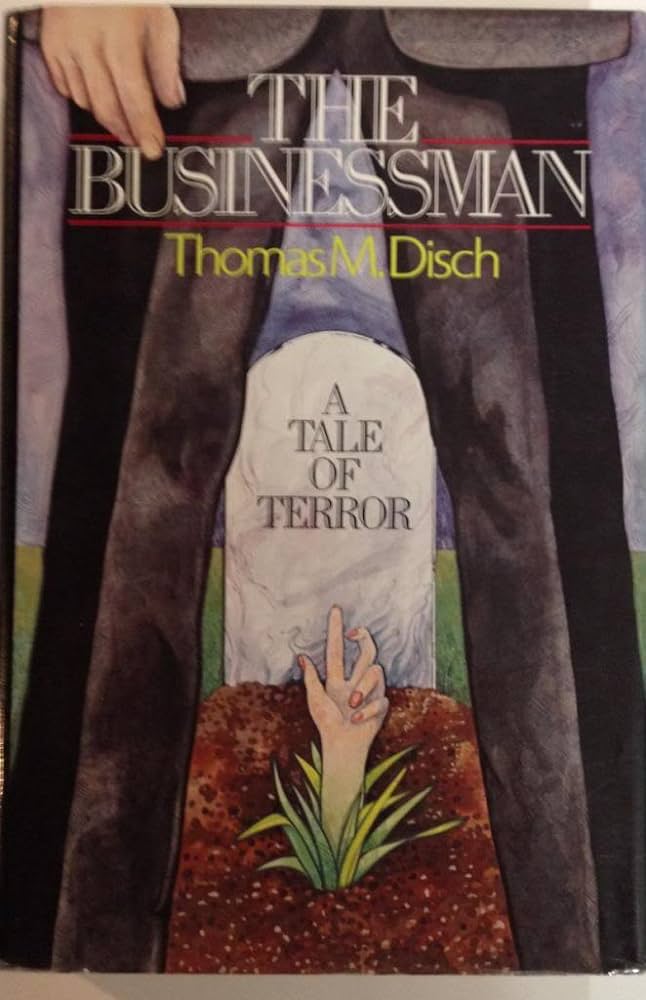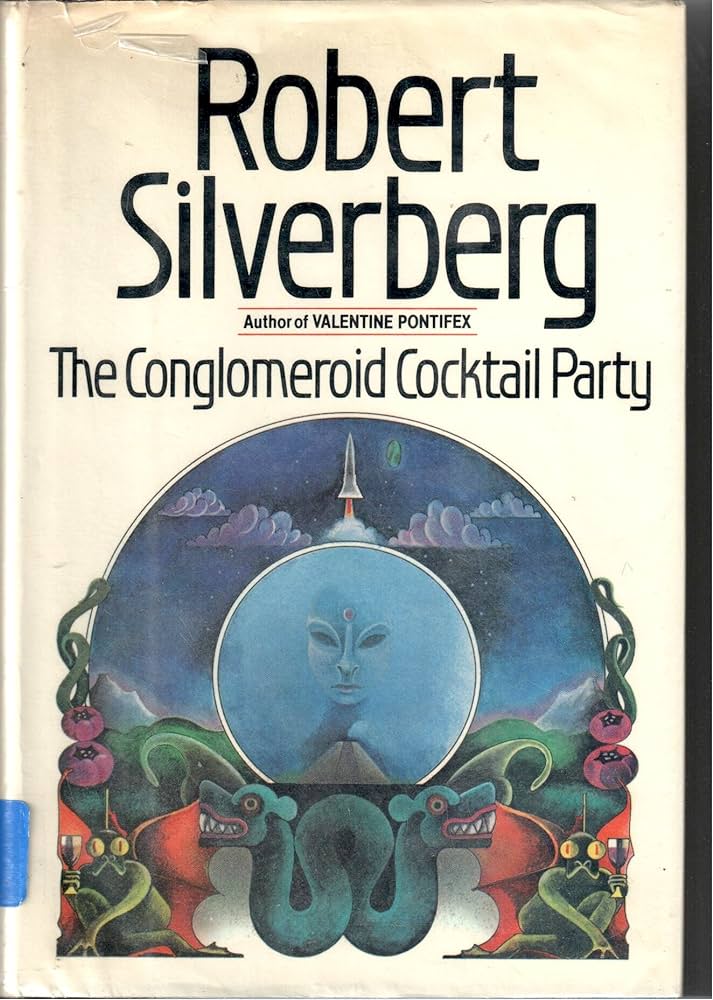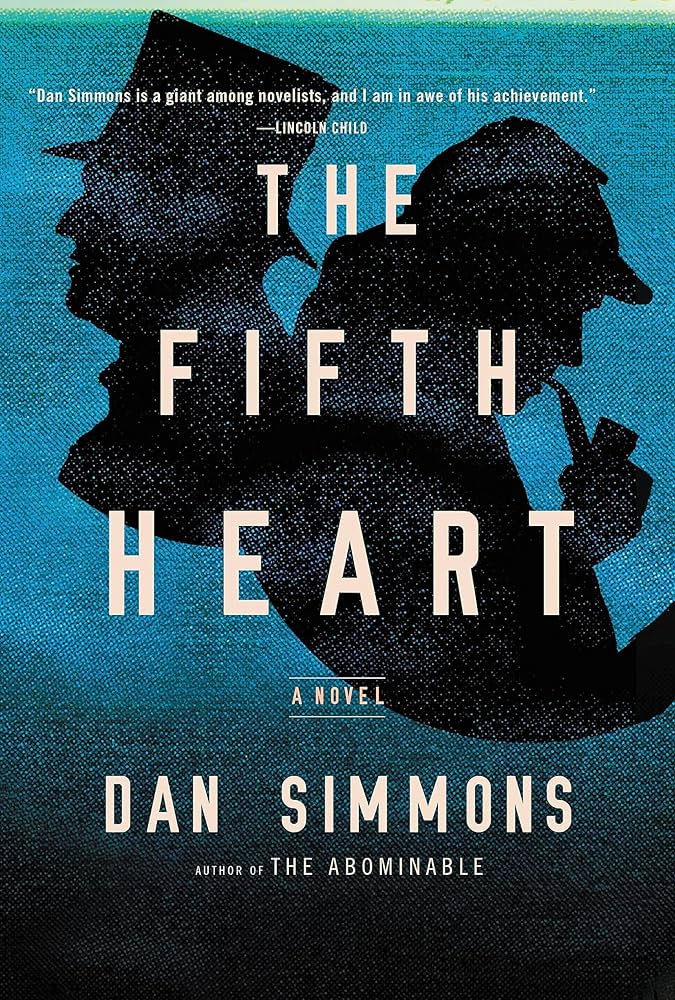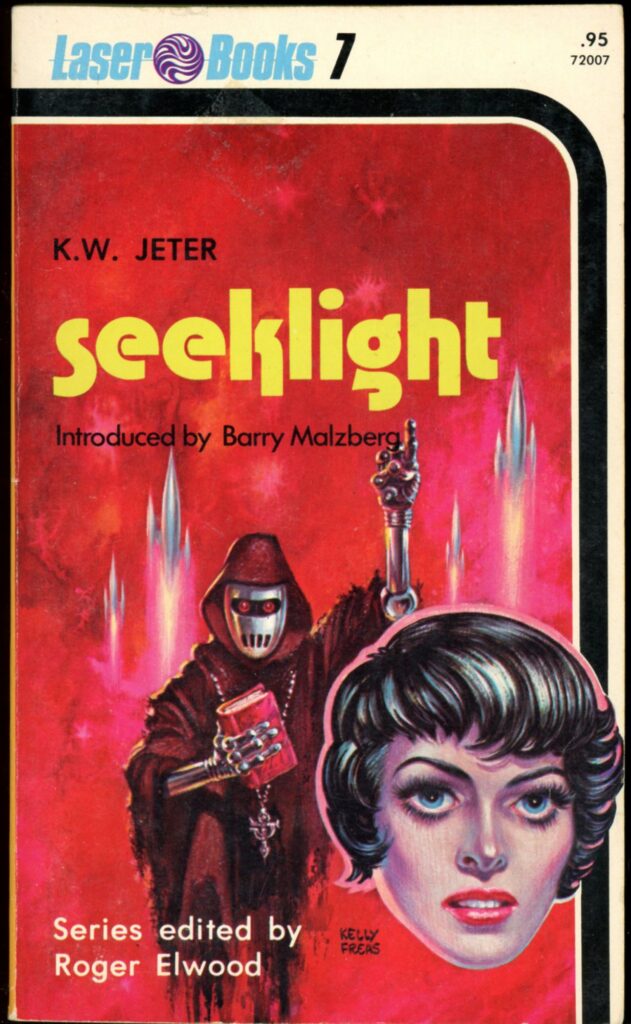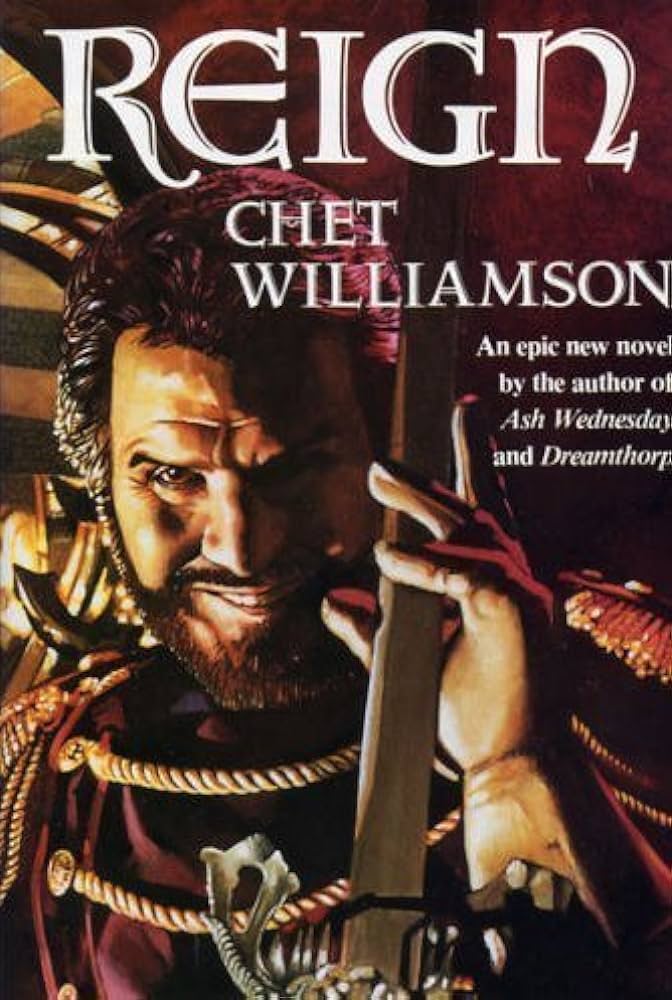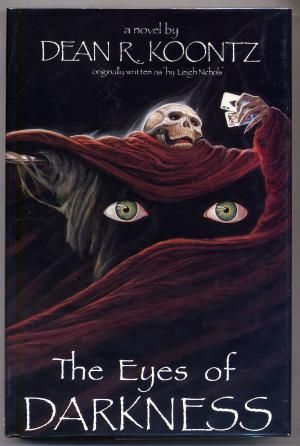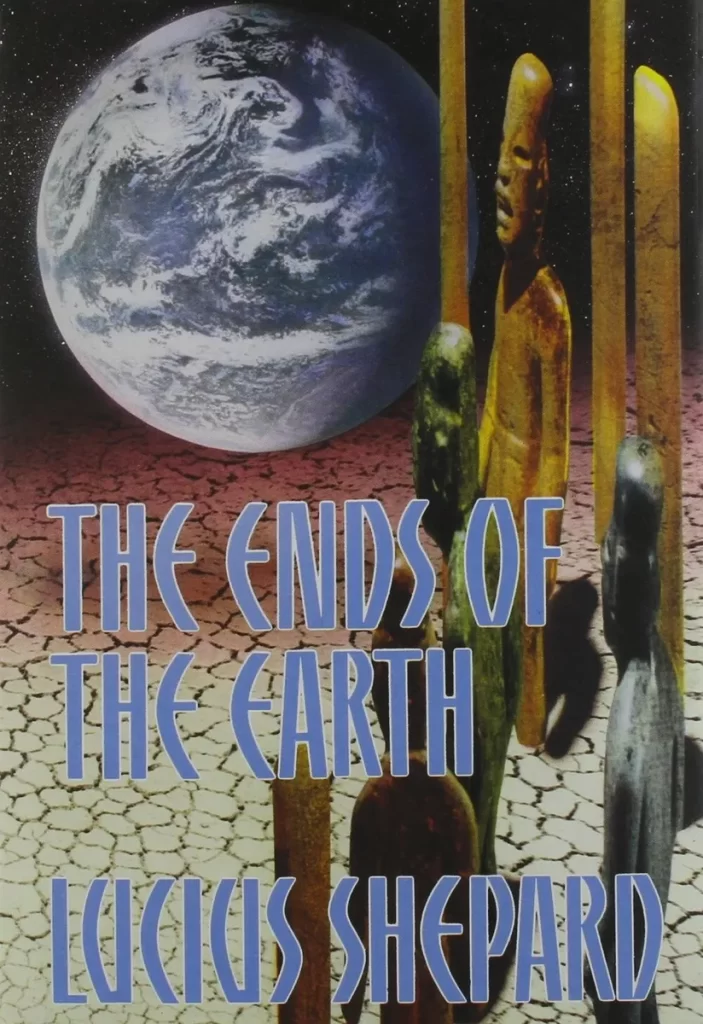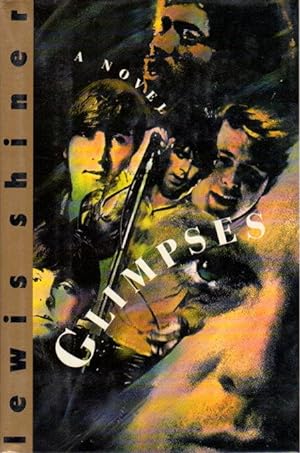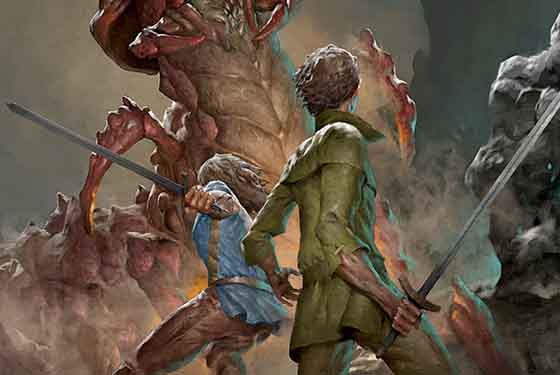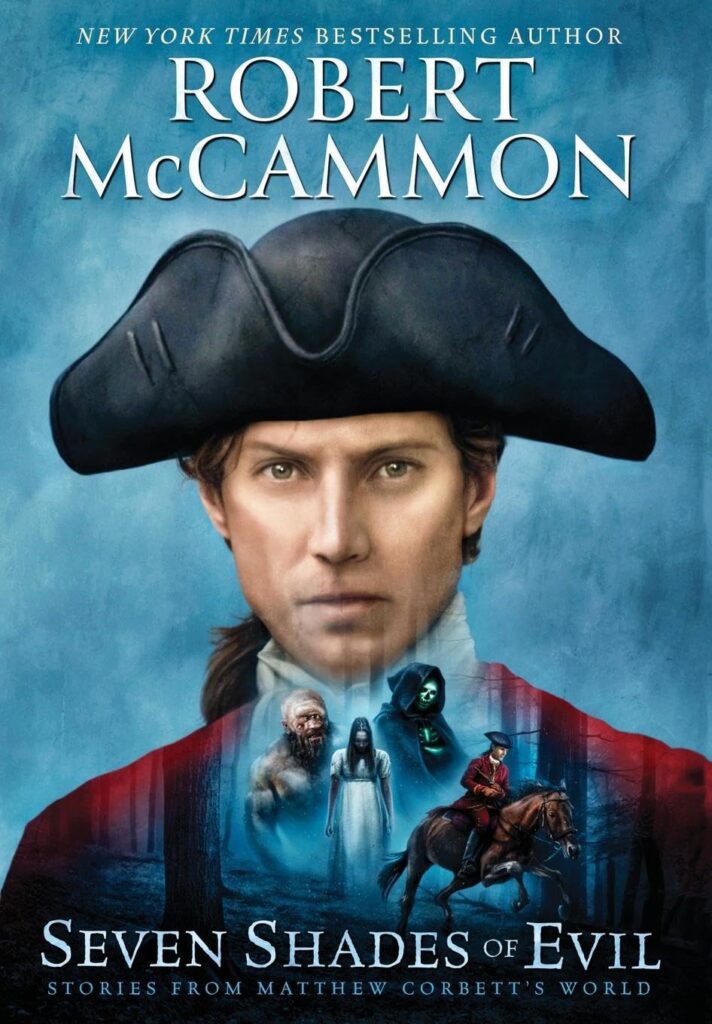I started to write something about Howard Waldrop the day I learned he died, when I read about it on Lawrence Person’s blog on January 15, 2024. Back then, I found it impossible to put any words together about Waldrop. I still struggle today to find the right words; I’m not quite sure why I’m thus affected, as I knew him mainly through his fiction.
I met Waldrop only twice in my life, so, unlike many of the people who have written about Waldrop, I never knew him personally. The second time I met Waldrop, coincidentally, was at Person’s house in June 2005. I happened to drop by to buy some books when Waldrop and Bradley Denton both were there, two writers I greatly admire. I managed to get a few books signed, mumbling a few world to each writer about how much I liked their stories; Waldrop grumbled a bit as he inscribed a copy of Howard Who? which he’s already signed, as it was one of the books I bought from Person that day, but I persisted, as an inscribed copy meant more to me. A few years earlier I’d stood in line at Armadillocon in 1989 and Waldrop had signed A Dozen Tough Jobs and Them Bones, a pair of books published by Mark V. Zeisings that were my initiation into his fiction. I only know these dates because Waldrop added dates to the books he signed.
Between 1989 and 2024 I bought virtually every Waldrop book I could find, which I think is all save one original book and two collections of stories that I already own in other formats.
Howard Waldrop is known for writing stories at the last minute, pressured by having to read them at a science fiction convention, and for mainly writing short fiction. He’s also known for not making a ton of money for his fiction, despite the admiration of many a writer and editor. The funny thing is that I have never heard Waldrop read a single story. Sure, I attended Armadillocon for many years between 1988 and 2000 (and a couple of times since), but for some reason I always left the convention early, long before Waldrop did his famous readings. Since I lived in Austin, where the conference was located, I never stayed at the hotel, and generally left after the dealer’s room closed, or found some other excuse to skip the crowds. Instead, I read his stories in books as they were collected and published, with my inner voice, rather than Waldrop’s own Texas twang.
These books include Howard Who? his first collection, which I didn’t read as an introduction to his work. Rather, after Them Bones and A Dozen Tough Jobs (a novel and long novella) I read is short fiction first in the collection, Strange Monsters of the Recent Past, a paperback published by ACE Books in 1991. Unbeknownst to me at the time, this book had been published in a hardcover edition by Ursus in 1987 under the title, All About Strange Monsters of the Recent Past; in early 2023 I found a copy of the Ursus book online and acquired the signed, limited edition, a gorgeous slipcased book signed by all 11 contributors. My next Waldrop book after the 1989 encounter, was Night of the Cooters, a book published by Ursus in 1990 (or 1991, as Waldrop wrote when he signed my copy in 2005). I only have the trade edition of this book, but the title story is a classic retelling of H. G. Wells’ War of the Worlds, set in rural Texas. (I missed out on acquiring a signed/limited copy, as I thought that, since I already have one hardcover edition, why spend money on a second? Dumb, eh?)
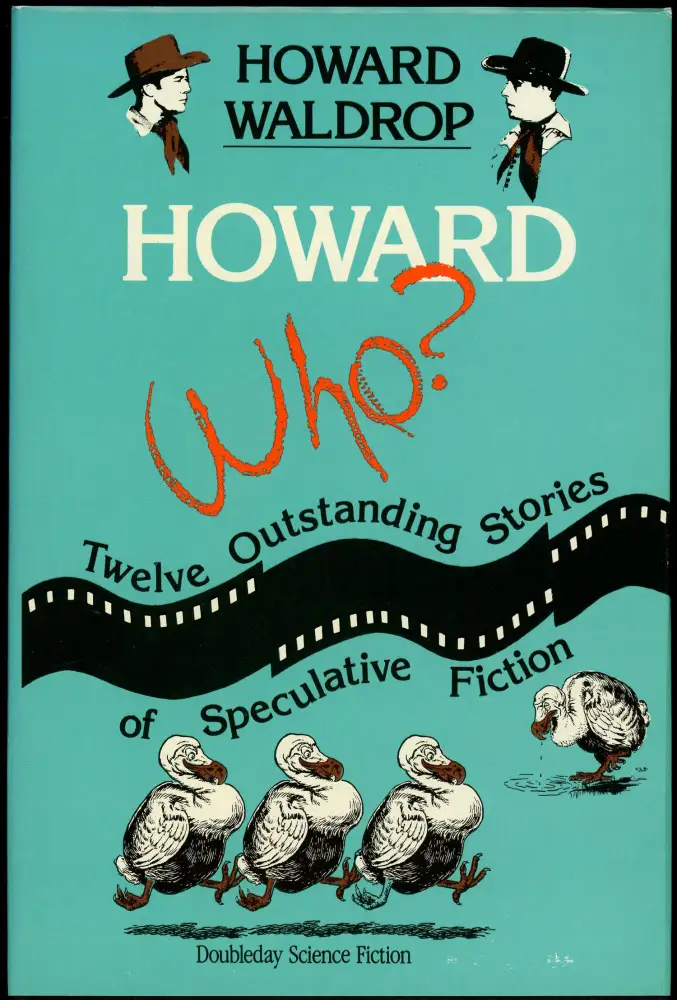
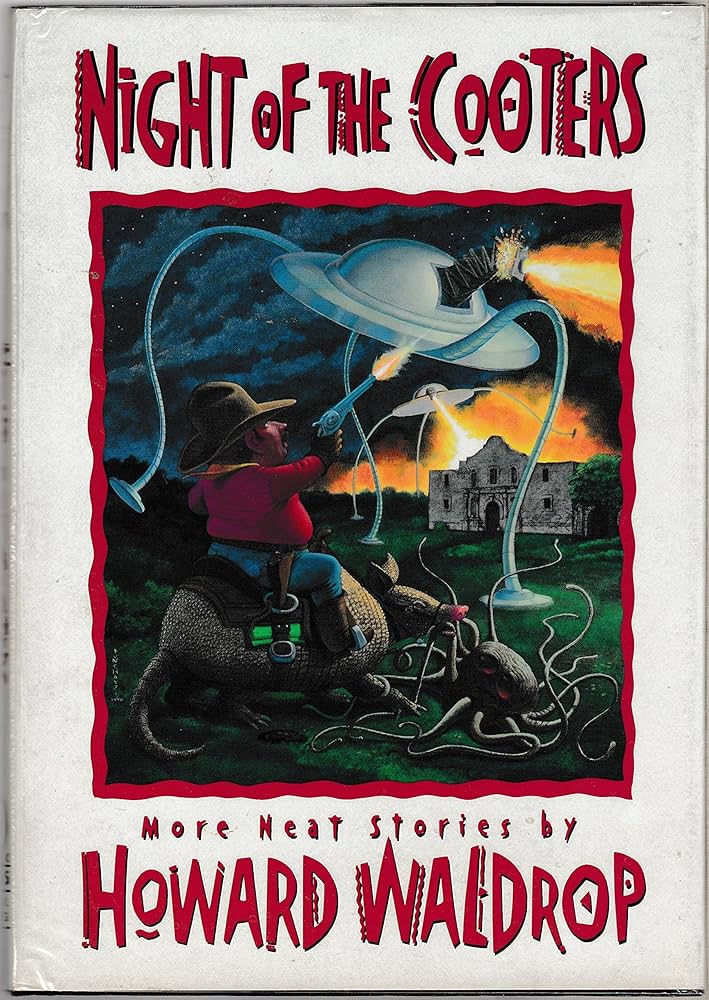
After Night of the Cooters, I bought another collection, Going Home Again, this time bought from Adventures in Crime and Space in Austin, back in the good old days of independent book stores. This book also was signed by Waldrop on that day in 2005 (as I brought it with me hoping to get one book signed), where he remarked that this book was “remaindered and pulped, all in one operation.” Going Home Again contains a bibliography, which since has been superseded by other, more recent stories. Waldrop’s statement about the remaindering and pulping still saddens me to this day. Waldrop was heavily involved in SF conventions throughout his life, even WorldCon. But did he ever get a Hugo Award, the supposedly “best SF award” from fans? No, not ever. Instead, the Worldcon fans, who nominate and vote on the Hugo Award, each year put forth their puerile faves, and each year the genre shrinks.

Some other collections that I acquired over the years: Custer’s Last Jump, under the Golden Gryphon imprint, published in 2003. I was lucky enough to get Waldrop to sign this book, which he inscribed “good luck getting these boyos to sign this” as it’s a collection of collaborations. Who are the other authors? Bruce Sterling, who rarely visits the US these days. Leigh Kennedy, who lives in the United Kingdom, Steven Utley (deceased 2013), Buddy Saunders (still around, but apparently an unperson for certain views), George R. R. Martin (impossible to approach these days as his fame rivals that of Stephen King), and A. A. Jackson.
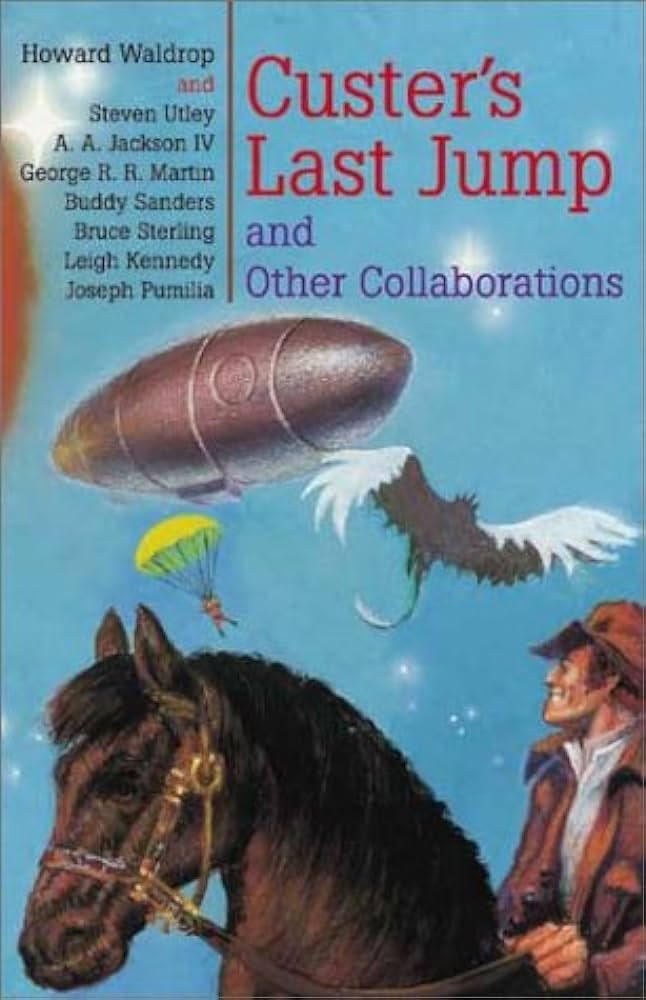
Dream Factories and Radio Pictures appeared and vanished just as quickly. The Heart of Whiteness was published in a limited edition by Subterranean Press in 2005. My copy is number 615 of 750 printed (plus 26 lettered copies). Imagine that, a collection of Waldrop with only 750 (or rather, 776) copies! In 2013 Small Beer Press published A Horse of a Different Color, containing stories written after 2008. A pair of collections were later published by Old Earth Books, mostly already published stories (if not all already published stories). Between 2008 and 2023, no trace that I can find of new fiction from Waldrop.

In 2023 Subterranean Press announced a new collection, called H’ard Starts, one intended with all monies going to Waldrop. For some reason, despite his brilliant stories throughout the years, Waldrop never quite reached the fame and financial reward that his stories merited. H’ard Starts, the collection of early tales, was slated for publication later that year. I pre-ordered a copy the moment I learned about it. On regular intervals I checked the Sub Press page, which still advertised the book for many months. Despite the presence of George R. R. Martin’s name (for years he was a friend of Waldrop’s), the book, limited to 750 copies, remains available as of this date. Where are the Waldrop fans? Then, finally, the book was published, and reached my hands. It was numbered 290 of 750 copies. Maybe people didn’t buy it because Subterranean Press gets limited attention, or the price made people hesitate in our current economic age of inflation and misery. Then again, the fans just aren’t there. The Hugos that are voted on by “the fans” don’t grace Waldrop’s bookshelves, despite the plethora of candidates throughout the years.

A few months after H’ard Starts was published, Howard Waldrop died. There is no justice in the universe.
Why do I like his stories? In one sense, they are unique. Many of them are alternate history tales, and in that sense he’s not too unique, as other writers inhabit this genre. But Waldrop writes primarily in the short fiction form, and he takes ideas almost too weird to exist and makes them real. Maybe it’s that weirdness that speaks to me, that power of invention and crazy imagination. Waldrop also has a certain style, one not easily (if ever) imitated. I hardly knew him as a person, having only met him twice, and as nothing more than a fan. But, from what I’ve read from the people who knew him, he was one of a kind, not just in terms of his fiction, but as a person. Rest in Peace, Howard Waldrop, and thanks for crafting into words some of the greatest stories ever written.
